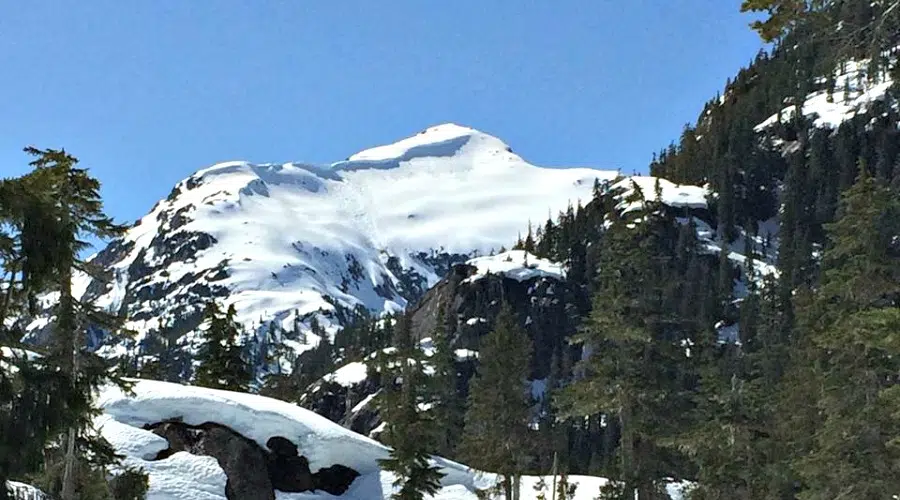
Hefty snowpack levels a positive sign for local drinking water: officials
NANAIMO — A healthy snowpack is welcome news to Vancouver Island officials as temperatures heat up.
New BC River Forecast Centre data showed snowpack levels on the Island were 104 per cent of normal, which is considered an average reading. The snowpack plays a critical role in recharging groundwater aquifers and streams.
Julie Pisani, drinking water and watershed protection program coordinator for the Regional District of Nanaimo, said a prolonged melt of the snowpack is preferred.
“It’s like burning through your savings in one weekend as opposed to letting it stretch out over a couple of months,” she told NanaimoNewsNOW. “You want to have good volumes of snowpack, but you also want these melts being stretched out.”



